
Their Vision, Their Words, Our World by Zach Mortice How do you . . . create an extensive oral history of the most influential architects in a city’s history? Summary: The Chicago Architects Oral History Project presents the lives, careers, and achievements of the city’s best architects in their own words. The collection is focused on SOM partners and students of the prominent Illinois Institute of Technology. Expectedly, the influence of Modernist standard bearer and mentor Ludwig Mies van der Rohe is felt throughout.
In 1990, his words joined the testimonials of many other Chicago Modernism luminaries at the museum’s Ryerson and Burnham Archives. Those included are the leaders and mentors that developed the city’s iconic buildings and the full-throated endorsers of the Modernism that defines Chicago—a city that arguably has done more than any other to advance the sphere of the International Style and invent the Modern skyline.
The collection has since grown to 80 entries. A handful of interviewers (often architectural historians) sit with subjects for 10-12 hours broken up over several days and then edit the results with them. The final transcripts are available to read in the museum and on its Web site. “Regardless of how long and how hard I prepare [for] an interview, there is always an element of discovery—things I couldn’t have possibly known or researched. That’s very exciting for me,” says Betty Blum, an interviewer for the project who has been working on it since it began. Of all the interviewers, Blum has sat with the most subjects, and she’s also helped to select which architects will be interviewed.
The project is primarily a scholarly resource for authors and academics. Ross Barney says she also hopes the archive will be used to introduce non-architects to the profession, and, “for this reason, it needs to be as diverse as possible,” she says. As in architecture at large, there is room for improvement. The project has been more inclusive of women (Ross Barney, and two other women architects were added most recently), and several Asian-American architects are present, but not one architect of African-American or Hispanic descent is on the list.
Woolever says that the current generation of architects hasn’t been able to showcase its diversity in the oral history project yet because they have not retired or accepted emeritus professional arrangements, the typical period in which subjects are interviewed. Ross Barney says there are architects worthy of inclusion now. The ghost in the room
“Perhaps the most important thing that ever happened to me was that I was born on May 9, 1909 . . . When I returned from the army after the Second World War, I had already had a few years of practice at SOM. I already had two degrees from MIT and a Rotch Traveling Fellowship. So, in 1947, the United States, especially in New York, was starting on a building boom. Clients wanted Modern architecture, and here I was at the right age, excited about Modernism, and fortunate enough to join Skidmore, Owings and Merrill in 1937 . . . “ Woolever calls words like these, “first person history.” “It’s not like we’re interviewing the flash 30-year-old with one fabulous building,” she says.
|
||
Copyright 2007 The American Institute of Architects. All rights reserved. Home Page |
||
Link to Chicago Architects Oral History Project.
Photos 1-5, from the Chicago Architects Oral History Project Web site.
Photo 6, photo © Sandro.
1. Gordon Bunshaft (1909-1990)
2. A. James Speyer (1913-1986)
3. Paul McCurry (1903-1991)
4. James Ingo Freed (1930-2005)
5. Bruce Graham, FAIA (b.1925)
6. Carol Ross Barney, FAIA (b. 1949).

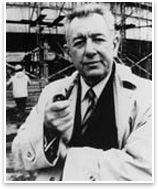
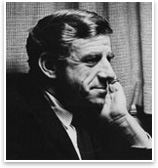 Rediscovery
Rediscovery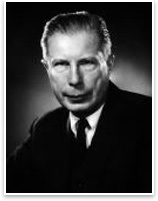 What about diversity?
What about diversity? Blum says a lack of funding has precluded producing as diverse a group as they might prefer.
Blum says a lack of funding has precluded producing as diverse a group as they might prefer.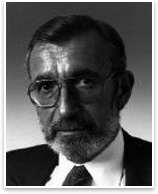 Those like Bunshaft and McCurry, who were lucky enough to be born in the early-20th century and to find their way to Chicago and/or SOM, quickly found themselves at the crest of a wave of enthusiasm that gave them new ideas on how the built environment can serve humanity. For good or ill, this is the story of the oral history project so far. During his interview, Bunshaft enthused:
Those like Bunshaft and McCurry, who were lucky enough to be born in the early-20th century and to find their way to Chicago and/or SOM, quickly found themselves at the crest of a wave of enthusiasm that gave them new ideas on how the built environment can serve humanity. For good or ill, this is the story of the oral history project so far. During his interview, Bunshaft enthused: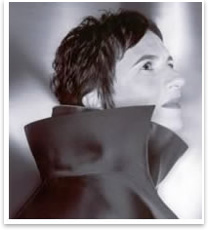 Beyond the page
Beyond the page